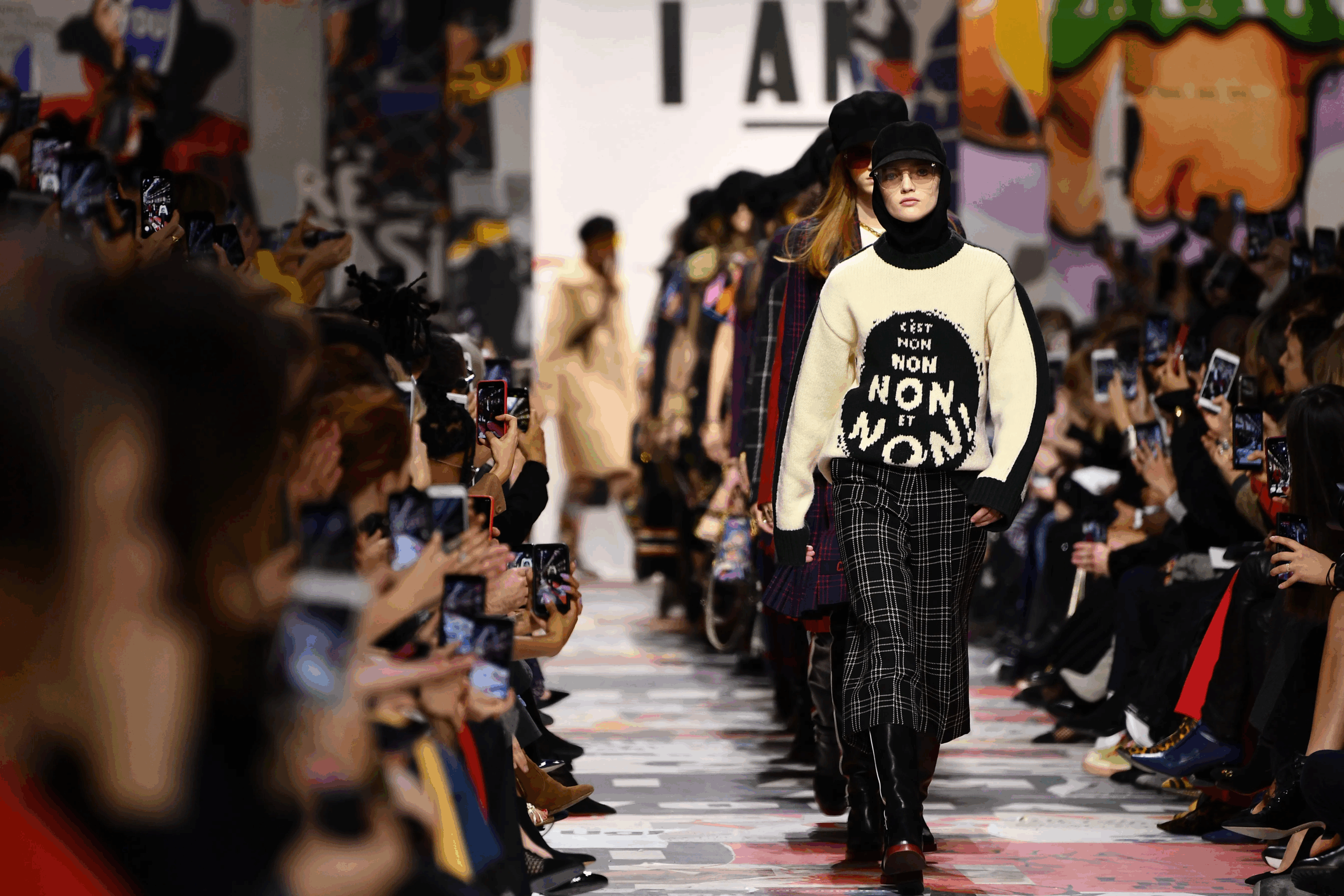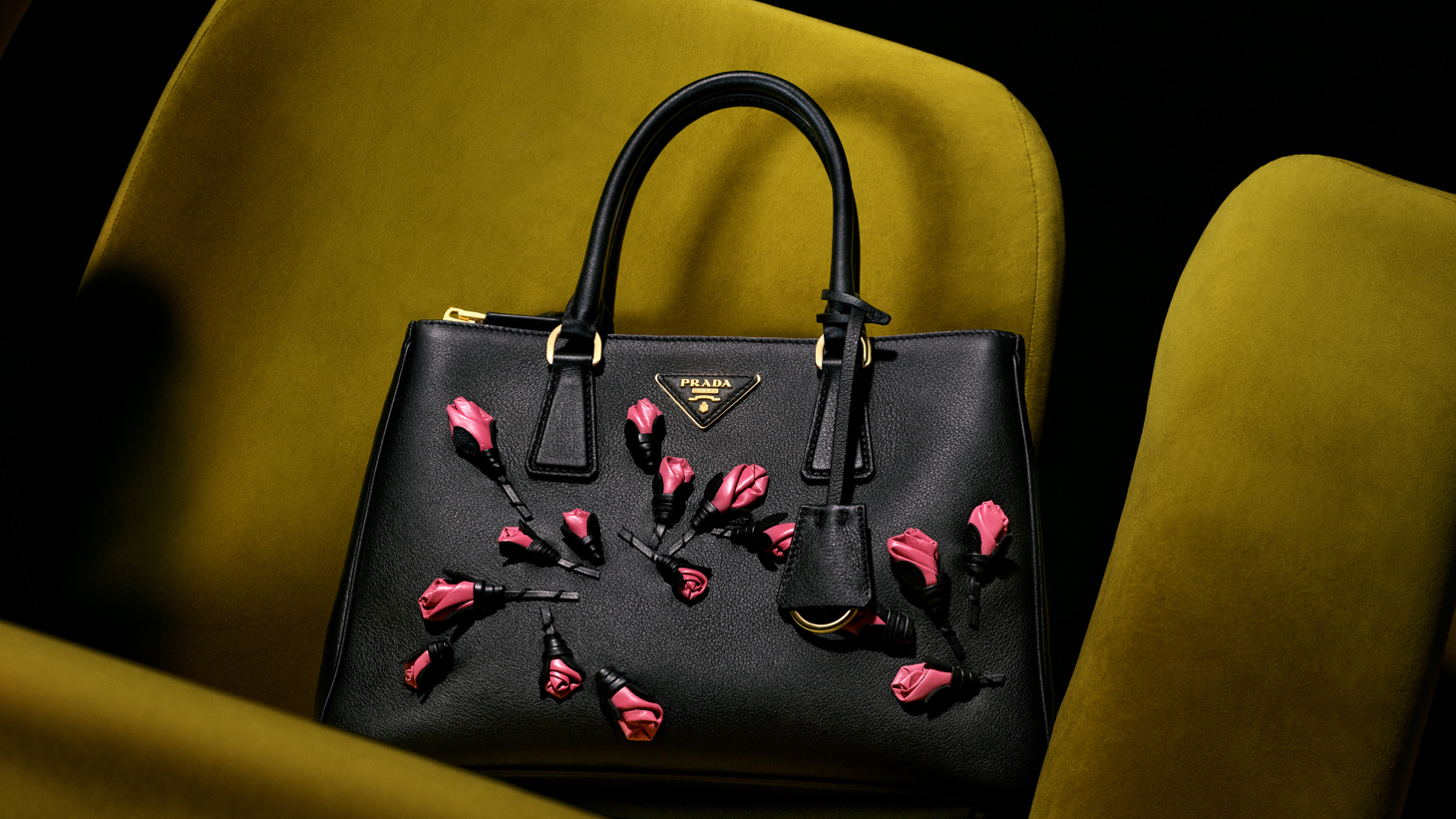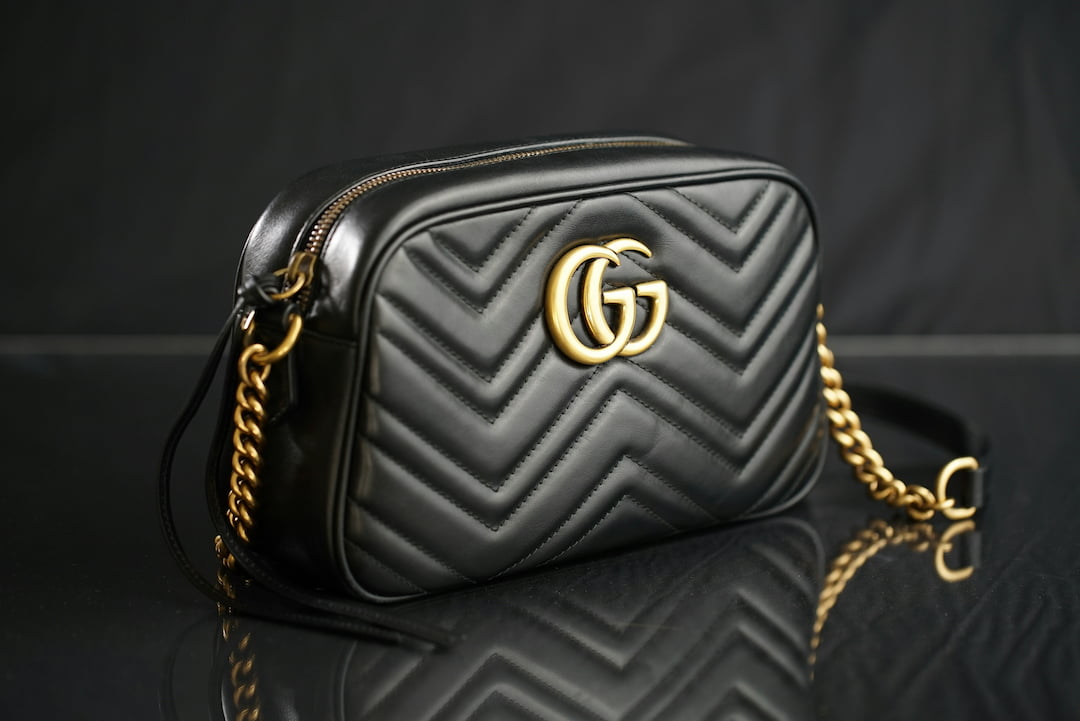Maria Grazia Chiuri: The Intellectual Force Behind Dior’s Feminist Vision

Maria Grazia Chiuri: The Intellectual Force Behind Dior’s Feminist Vision
Thea Elle
In 2016, Maria Grazia Chiuri made history as DIOR’s first female creative director, shifting not only the brand’s style but also its voice toward women. Her runway collections highlighted feminist slogans, divine feminine silhouettes, and striking symbols of womanhood. Yet behind this bold messaging was a quieter force: her daughter, Rachele Regini.
Rarely in the spotlight, Regini played a key behind-the-scenes role as DIOR’s cultural advisor. With her expertise in gender theory and narrative building, she shaped the brand’s more introspective and socially engaged projects. As Chiuri exits, the fashion world wonders not only who will take her place—but whether the progressive vision she and Regini crafted will endure.

Chiuri’s DIOR: Where Fashion Became a Feminist Conversation
When Maria Grazia Chiuri became DIOR’s first female creative director in 2016, she didn’t just make headlines — she transformed the purpose of the runway. A Roman native raised by a seamstress and trained at the Istituto Europeo di Design, Chiuri honed her craft at FENDI and Valentino. But at DIOR, she elevated her work into something more political. Her debut included bold feminist statements — like the now-famous “We Should All Be Feminists” shirt — signaling a new era where style met social messaging.
Chiuri’s collections weren’t just visually striking; they were conceptually rich, pulling from the work of women artists, dancers, and intellectuals. Her vision was polarizing, sparking both praise and criticism. Yet her goal wasn’t to please — it was to provoke and empower. And she didn’t do it alone. Her daughter, Rachele Regini, served as cultural advisor, quietly shaping some of DIOR’s most thought-provoking moments and helping steer its feminist voice.

Chiuri’s T-Shirt That Redefined Luxury Messaging
At her first DIOR show, Maria Grazia Chiuri didn’t just present new fashion — she made a bold ideological statement. Her Spring/Summer 2017 collection opened with structured yet feminine pieces, but it was a minimalist cotton T-shirt that stole headlines. Featuring Chimamanda Ngozi Adichie’s quote “We Should All Be Feminists,” the shirt stood as a cultural proclamation rather than just a piece of clothing. In the context of high fashion, this was radical — using the runway not to showcase irony, but to express clear beliefs.
The reaction was swift and polarized. Was it true activism or just savvy marketing? Regardless, Chiuri stayed the course. Her goal wasn’t to soften politics for the runway, but to inject them directly into fashion’s most elite spaces. The shirt became a bestseller, and DIOR’s image shifted — no longer just elegant, but engaged. Chiuri didn’t just join the feminist conversation — she made it fashion.

Chiuri’s Couture Temple to Feminism
Maria Grazia Chiuri took feminist fashion to a new level with DIOR’s Spring 2020 couture collection. Partnering with feminist art pioneer Judy Chicago, she turned the Musée Rodin into something far more symbolic than a show venue — it became a sacred, fabric-wrapped sanctuary, complete with embroidered banners asking bold, philosophical questions like “What if women ruled the world?” The installation was anything but restrained, and that was the point.
As models glided through in divine, draped silhouettes, the environment itself spoke volumes. Chiuri didn’t just present fashion — she presented a challenge. In contrast to surface-level feminist branding, this was immersive, conceptual, and rooted in real critique. Viewers left not just impressed by the clothes, but stirred by the questions the show dared to ask. It was fashion with a higher calling — and a deeper impact.

A Feminist Blueprint, Not a Fashion Phase
Chiuri’s feminist influence at DIOR wasn’t a fleeting aesthetic — it became the foundation of the brand’s modern identity. Instead of treating feminism like a seasonal trend, she wove it into the very fabric of the maison. With every collection, Chiuri proved that fashion could be as thoughtful as it is beautiful, and that garments could carry ideas as well as style. DIOR under her guidance offered more than luxury — it offered a perspective.
At the heart of that perspective was Rachele Regini, Chiuri’s daughter and cultural advisor, who ensured the brand’s messaging had both nuance and bite. The two created a rare, generational dialogue between design and theory. While other labels played it safe with hashtags, DIOR committed to feminist principles. Not every statement was perfect, but the shift was clear: the brand moved away from dressing women for approval and began dressing them with intention — for themselves.
A Feminist Vision Steps Away — What Follows at DIOR?
As Maria Grazia Chiuri prepares to leave DIOR, the question lingers: who will not only take her place, but carry her principles forward? Chiuri’s feminism, though at times direct and polarizing, brought a sense of purpose to the brand. She didn’t just redefine style — she redefined substance in luxury fashion. Her DIOR challenged conventions, blending intellect with elegance and political commentary with couture.
Now the fashion world watches closely. Will she start her own brand? Return to familiar territory like Valentino? Meanwhile, Rachele Regini, the strategist behind many of DIOR’s cultural shifts, remains poised to influence the industry in her own right. DIOR must now decide: will it stay the course or treat Chiuri’s feminist framework as a phase? Either way, the industry can’t unsee what she brought to the table — or forget how many women finally saw themselves reflected in that space.

The Final Stitch
Chiuri didn’t just present collections — she made a statement. Fashion, under her leadership, was both beautiful and bold, uncompromising and articulate. With Regini lending intellectual depth, DIOR became more than clothing — it became a conversation. The future may shift, but the message Chiuri embroidered into the brand remains: fashion can — and should — mean something.


















